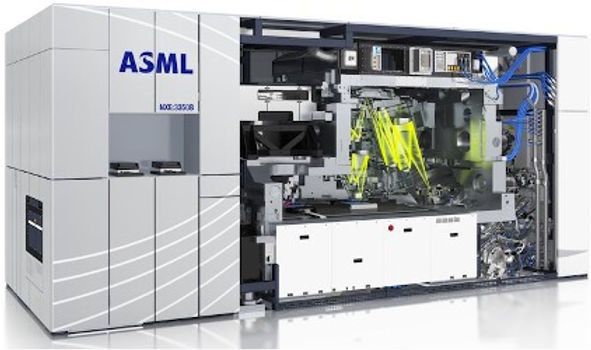
Data-Driven Precision: Advanced Control and Predictive Analytics of High-Stakes Systems
Define
-
In high-precision industries such as semiconductor manufacturing, system reliability and component accuracy are mission-critical.
-
Manufacturing processes generate massive amounts of sensor data, but the challenge lies in distinguishing random variability from actionable deviations.
-
Small misalignments, such as overlay errors in lithography, can cascade into significant system failures.
-
This project is centered on a Run-to-Run (R2R) control loop for overlay errors, an approach used to monitor and correct deviations in complex manufacturing systems.

Goal
Develop a data-driven framework that not only monitors and predicts overlay errors in a Run-to-Run control loop but also transforms raw sensor data into actionable insight, enabling proactive interventions that enhance precision, yield, and system reliability.
The objective was to demonstrate how combining classical statistical quality control with machine learning can create a predictive, closed-loop control strategy that reduces variability, anticipates failure, and ensures optimal performance in high-stakes, high-precision engineering environments.
Approach
-
Utilized Python and MATLAB for end-to-end implementation, including sensor data ingestion, preprocessing, statistical analysis, and machine learning model development.
-
Signal processing and spectrogram analysis were applied to dynamic sensor outputs to detect subtle temporal patterns, akin to vibration or thermal telemetry.
-
Conducted statistical hypothesis testing and univariate control charts (X-bar and Range) to monitor process stability at each step of the R2R loop.
-
Implemented multivariate monitoring with PCA
-
EWMA Control Chart for Principal Component 1 to track correlated sensor variations
-
Variational EWMA Control Chart for Principal Component 1 to detect low-amplitude drifts in overlay performance
-
These charts provided early detection of subtle, systemic deviations that single-variable methods would miss.
-
Developed probabilistic models of failure rates to quantify expected yield and metrology reliability, directly paralleling risk assessments in aerospace systems.






-
Applied machine learning for virtual metrology, predicting critical overlay metrics without destructive inspection. Hyperparameter tuning with 5-fold cross-validation on Ridge alpha maximized predictive accuracy.
-
Modeled time-series ARMA processes to forecast systematic drift in control inputs, similar to anticipating actuator or sensor bias in spacecraft systems.
-
Integration with Run-to-Run (R2R) control loop: Predictive outputs from AI/ML models were fed into the R2R loop to proactively adjust process inputs, reducing overlay errors in real-time and demonstrating a closed-loop data-driven control strategy.


Impact
-
Detected early indicators of overlay drift, enabling preemptive corrections and preventing downstream defects.
-
Improved prediction of critical metrology outputs, validating the benefit of physics-informed machine learning for precision engineering.
-
Demonstrated that combining statistical process control with AI/ML models can separate noise from meaningful deviations in complex sensor data streams, providing real-time insights for Run-to-Run control loops.
-
Established a data-driven corrective strategy that reduced variability, increased yield, and enhanced process reliability which is directly relevant to reliability engineering, anomaly detection, and predictive maintenance in aerospace systems.
Key Takeaways
This project shows how combining statistical methods with machine learning can turn complex data into actionable insight. By predicting deviations and enabling proactive control, it improves system reliability and performance.
The work highlights the power of data-driven, predictive strategies to ensure robustness, precision, and performance in complex, high-stakes engineering systems, turning uncertainty into insight and enabling decisions that prevent failures before they occur.